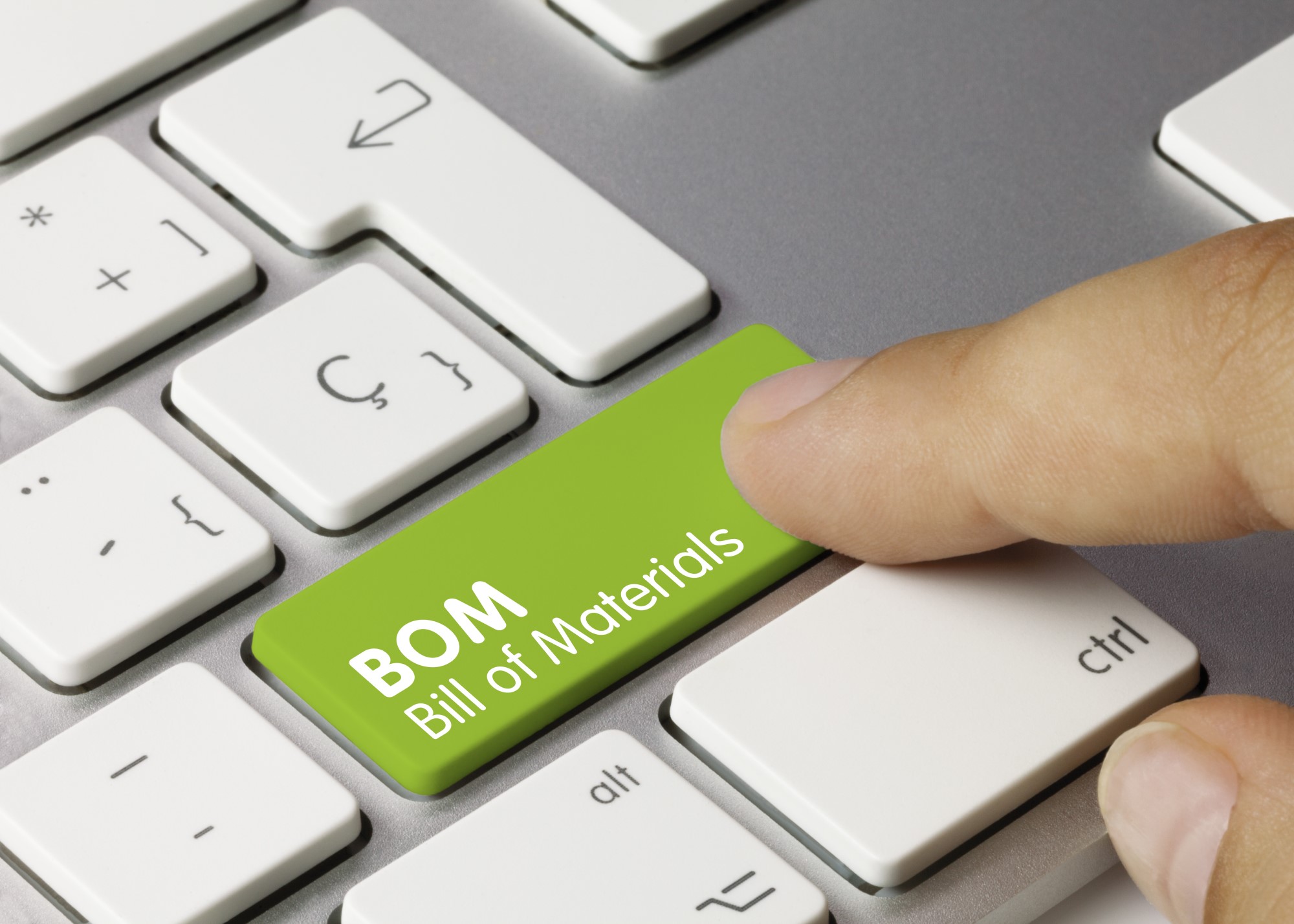Imagine you’re designing custom measurement systems and never expect to build two of the same system, only to be asked by a client a year later for another system just like the one you built previously. Sounds great, right?
But what if the team never put together a Bill of Materials (BOM) for that original design and then had to piece one together based on purchasing records and archived files from the network?
For Jim Campbell, Co-Founder of Viewpoint Systems, this was a reality. His company learned a valuable lesson about the importance of BOM creation during the design phase.
“A few hours work upfront will save days of time and stress when the client asks you to build more in a few years,” he says.
When it comes to manufacturing a new product, your BOM is one of the most important documents your company will use as it ensures no components are missed and provides an easy way to review costs and other critical information.
But it’s not as simple as just putting a document together. When there is a disconnect within an organization’s engineering and procurement teams or when you’re dealing with many different sources, errors can occur. These errors can be costly and result in production delays, but according to Adithya Menon, Head of Prototyping at Salt Flats Innovation House, “following best practices, using online tools like Octopart and OpenBOM, and having a sophisticated yet intuitive BOM template will aide in the reduction of errors and assist in optimizing product cost.”
As we spoke with supply chain experts in the space, we found some recurring themes. What exactly should we be focusing on when it comes to creating a BOM that tracks with transparency and eliminates unwanted and unnecessary costs for your business?
Here are the key considerations to take into account when creating this vital document.
Adithya Menon, Head of Prototyping at Salt Flats Innovation House
1. Identify unit cost: What is the cost per finished unit (i.e., all the hardware that goes into just one unit)?
2. Identify total cost: What is the total cost, including the package cost of parts (i.e., a box of screws comes in a pack of 100, but only 4 are needed)?
3. Identify redundant sources: In the event that a particular part is out of stock, having a second, vetted source readily available (along with any cost differences) would be beneficial in order to avoid delays.
Tony Lancione, Co-Founder & Vice President, Supply Chain Solutions, IndustryStar Solutions
4. Think about who’s viewing the BOM: A BOM must be created with all viewing parties in mind.
5. Incorporate automation: Automation leads to traceability of the parts and product. This traceability then leads to accountability.
6. Limit the number of people who can edit: Anyone should have the capability to view the BOM. Only a select few should be able to edit it.
7. Capture your revisions properly: There needs to be an admin who delegates visibility and responsibilities of contributors.
8. Make sure you’re updating your BOM as items become obsolete.
Shayne Sherman, CEO of TechLoris
9. Document information as it comes. Don’t wait. Do it as soon as it’s available to you to prevent glossing over something important and keeping your BOM accurate.
Ultimately, following these best practices will be worth your while.
“BOMs that have errors are costly, and the later these errors are detected (actual production) the more severe the consequences and cost for the project and the organization,” says Jon M. Quigley, Founding Member of Value Transformation, with nearly 30 years of experience in product development and manufacturing.

